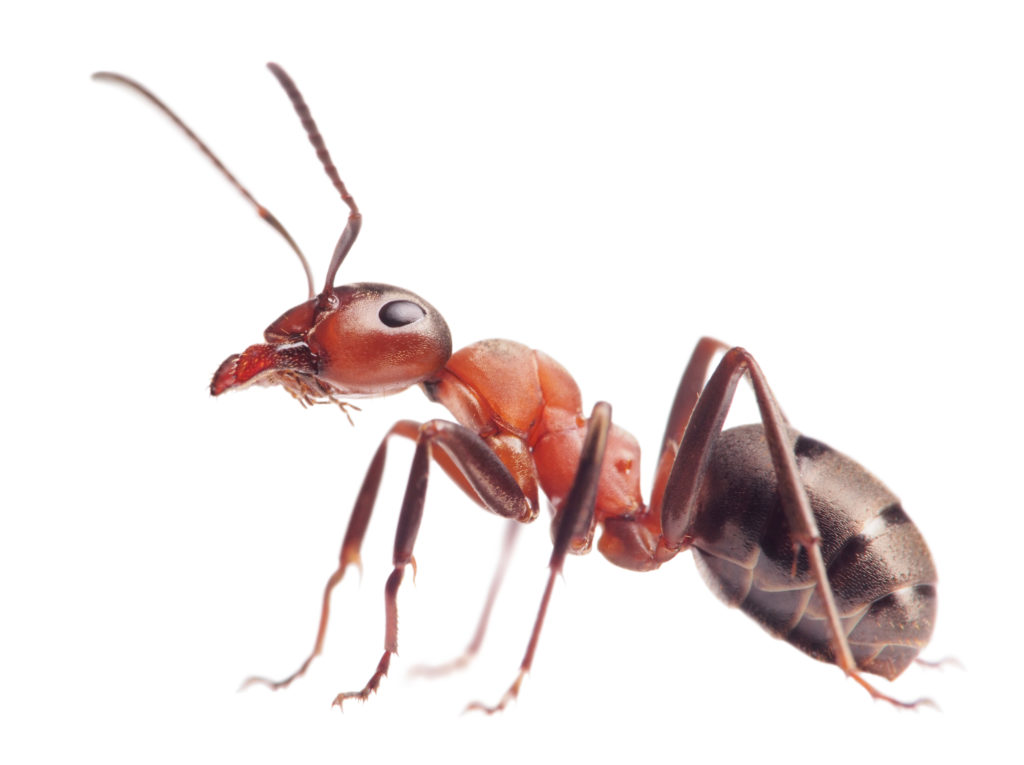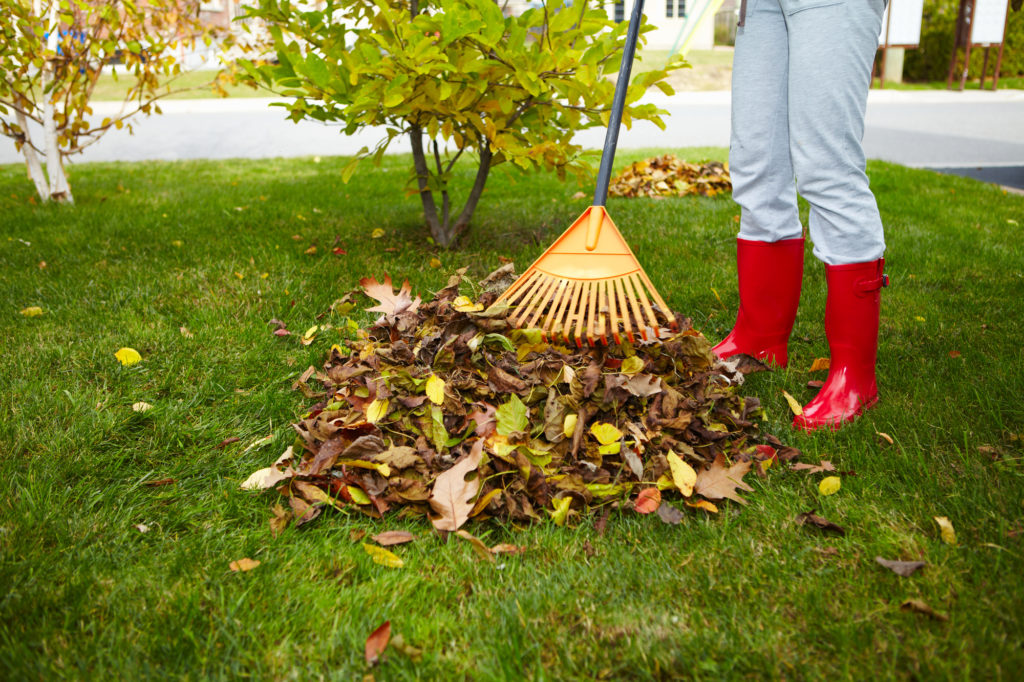Groundhog Day is fast approaching as we move into February. It’s a day when we celebrate a historic tradition centered around an adorable critter emerging from its underground burrow to help forecast the remainder of winter. Though we all enjoy watching the infamous Punxsutawney Phil take a look for his shadow every February 2nd, there are other pests making their home underground that, if seen emerging, can forebode more troubles that 6 additional weeks of winter. One of these pests is the rover ant, an ant species that is still relatively new to to the U.S., but has nonetheless made its presence felt.

What do Rover Ants Look Like?
Rover ants are a particularly small ant species, with workers only about 1/16” in size; that’s about half the length of a sesame seed. Notably, the workers are monomorphic, meaning they are uniform in size, though they can vary greatly in color from a pale yellow to dark brown or black. They also have simpler antennae than many other ants, containing only 9 segments and no club. Their thorax is uneven with the front portion having a humped appearance, a bit like a camel.
The winged rover ant reproductives are close to double the size of the workers and are similar in size to a termite swarmer (winged reproductive). Even worse, both pests tend to choose similar locations to build their colonies. As such, it’s particularly important to know the difference between ants and termites, so you don’t have to live in unnecessary stress every time you see one of these winged pests. Check out a few of our articles on this topic: “Termites vs. Carpenter Ants” and “Termite 101”. And at the first sight of these winged pests, call The Bug Dude at 800-310-BUGS to give you a definitive ID and treat before the problem, whichever pest it is, gets worse.

Where do Rover Ants Live?
You can find rover ants both indoors and outdoors, and they are particularly fond of living in urban areas, largely because these ants greatly favor moisture and access to sweet treats. Outdoors, you can look for colonies to be dwelling in moist soil, mulch, leaf litter, and trash piles; they have even been known to form colonies under the slab of a home. Indoors, you will generally find them in bathrooms and kitchens, though they will have built their nests inside water-damaged wood, cinder blocks, potted plants, electrical outlets, light sockets, and wall voids.
A single rover ant colony will be fairly small, with somewhere between a few hundred and a few thousand members; however, you can often find more than one colony infesting a home or yard if there are enough conducive conditions. This is one of the reasons that rover ants are notorious as one of the more difficult ants to control as you need to find and eliminate multiple colonies in order to get rid of the problem. Fortunately, the technicians at TheBugDude.com have plenty of experience in dealing with rover ants and have learned the most successful methods to quickly and effectively rid your home of these pests.
Within the United States, rover ants are predominantly found in the Gulf states, though their reach into the rest of the contiguous states is constantly expanding. These tiny ants have a distinct advantage in their spread in that they can successfully live in close proximity to other ants, including fire ants, tawny crazy ants, and Argentine ants. They even have a protection against fire ant venom: they can blanket themselves in a protective layer of formic acid.

What do Rover Ants Eat?
Though rover ants are primarily omnivorous, they tend to prefer sugary food options. This preference is one of the reasons that they are likely to enter homes in search of tasty treats, such as fruits left out on kitchen counters. Outdoors, they will often create their colony around plants and trees where aphids and scales are feeding on the roots, getting their sustenance from the honeydew created by these pests. When sugary food options are scarce, however, they will happily scavenge for a variety of foods including other insects.

Are Rover Ants Dangerous?
Fortunately, these ants are primarily harmless, though they can quickly become a horrible nuisance if they get inside your home or workplace. Rover ants do not sting or bite, so they will not cause direct harm to people or pets; they also are not a wood-destroying pest like carpenter ants, so they aren’t going to create structural damage. However, because they tend to have multiple colonies, and thus are difficult to control, once they establish a foothold inside a building, they can be a continual headache for quite some time, especially if professional help isn’t quickly sought. Outdoors they can also present a significant nuisance, as they are drawn to sources of water and will thus often invade pools, leading to extra time needed for cleaning before getting to enjoy a swim on a hot summer day.
Though not extreme, these ants can present a health risk if they get into sterile or healthcare facilities as they do have the potential to transmit certain type of bacteria, including E. coli.

How do you Prevent Rover Ants?
The prevention of rover ants needs to be two-fold if it’s to be successful: eliminate sources of moisture and eliminate sources of food. Here are a few steps that can be taken to reduce the risk of being invaded by these pests:
- Do not self-treat for these ants, at the first signs of infestation call The Bug Dude at 800-310-BUGS (2847) to have our experts put down the correct products to eliminate these pests. Products that are available for home use are not only likely to be fully ineffective, but they can also interfere with the effectiveness of a professional treatment.
- Replace any water-damaged wood in and around your home
- Dispose of yard debris (such as leaf litter and grass clippings)
- Fix any known water leaks and thoroughly dry any affected areas
- Keep an eye out for aphid or scale infestations on plants and get them treated immediately
- Trim trees and shrubs away from the roof and walls of your home
- Keep gutters cleaned out
- Keep kitchens clean and free from accessible sweets (i.e. keep fruit in the fridge, don’t leave sweets out uncovered, etc.)
- Maintain a regular pest control service plan with The Bug Dude to keep your home pest free.
How do you Eliminate Rover Ants?
Rover ants are notorious for being difficult to control long-term. If you are having an issue that you suspect could be these tiny ants, call The Bug Dude at 817-354-5350. Our experienced technicians will be able to identify the exact type of ant that has invaded your home and, even for these tough little rover ants, they will know the most effective means to eliminate the problem so you can get back to your normal life, whether that will include six more weeks of winter or not.
Further Reading:
“[Pest Profile] Rover Ant” – PCT Magazine
“Rover Ant, Brachymyrmex sp.” – Chris Keefer – Urban and Structural Entomology Program at Texas A&M University
“How to Get Rid of Rover Ants” – ants.com
“The Dark Rover Ant and Other Rover Ants” – Michael Merchant – Texas A&M AgriLife Extension Service
Author Bio: Alissa Breach has been gaining knowledge and experience around pest control concerns over the last 11 years while working for Mid-Cities Pest Control. She has a creative writing BA from UW-Madison and is always pursuing new and interesting writing projects.




